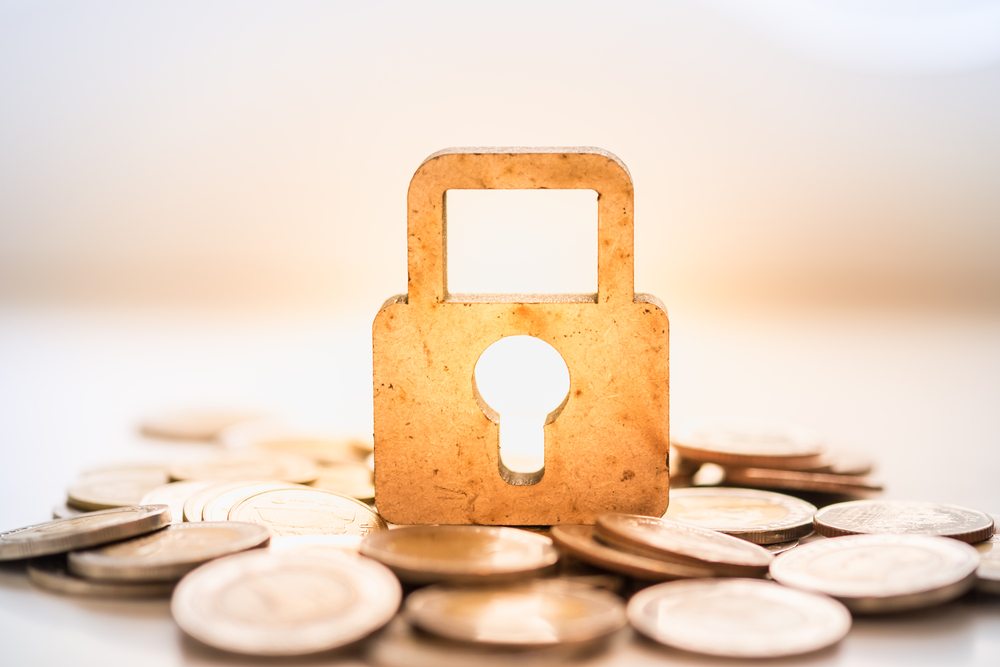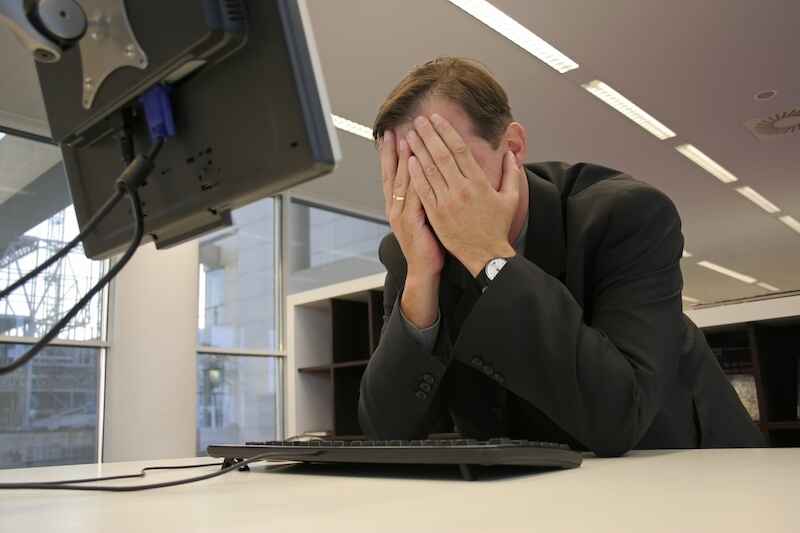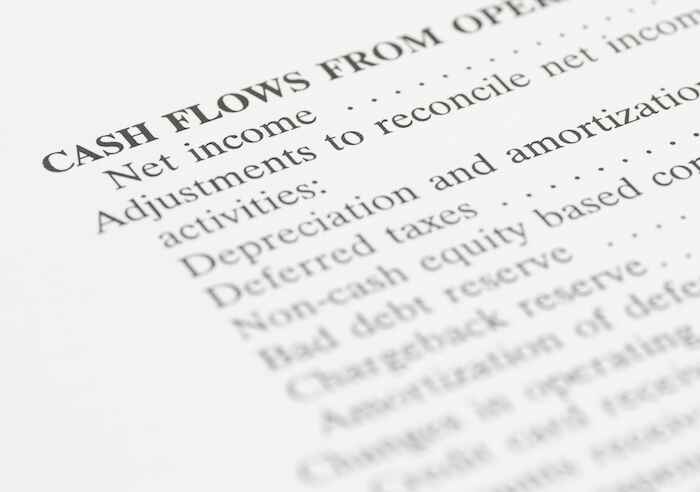Part 1: What I’m Doing (and Not Doing) to Safeguard My Wealth
Mark Ford|March 27, 2020

It’s a scary time. The coronavirus is scary. Being in the stock market is, too.
Before I tell you what I’m going to do about my stock portfolio, let’s take a quick look at the biggest crashes in the last 100 years. I think it’s important to remember that we’ve experienced financial hardships in the market, and we’ve been able to rebound from them.
The Crash of 1929
By almost every measure, the stock market crash of 1929 was the biggest and most devastating crash in world history.
It occurred after nearly 10 years of economic expansion from 1919-1929 (the Roaring Twenties). This was a decade of steady, dramatic growth that created a sense of irrational exuberance among investors who were happy to pay high prices for stocks and also leverage those investments by borrowing money to make them.
By August of 1929, word was getting out that times were changing. Unemployment was rising. Economic growth was slowing. Stocks were overpriced, and Wall Street was hugely overleveraged.
On October 24, the market dropped. It dropped again on the 28th. And by the 29th (Black Tuesday), the Dow had dropped 24.8%. On Black Tuesday, a record 16 million shares were traded on the New York Stock Exchange in one day. Investors collectively lost billions of dollars.
Financial giants such as William C. Durant and members of the Rockefeller family attempted to stabilize the situation by buying large quantities of stocks to demonstrate their confidence in the market. But this didn’t stop the rapid decrease in prices.
Twelve years of worldwide depression followed, and the U.S. economy didn’t recover until after World War II.
The Crash of 1987
Like the crash of 1929, the crash of 1987 occurred after a long-running bull market.
On October 19 (Black Monday), the Dow dropped 22.6%, and, in percentage terms, it’s the biggest one-day drop ever.
Theories behind the reasons for the crash included a slowdown in the U.S. economy, a drop in oil prices, and escalating tensions between the U.S. and Iran. But the financial reasons were similar to those for the crash of 1929: speculators paying crazy prices for overpriced stocks and purchasing junk bonds leveraged mostly through margin accounts.
On top of that, something new was happening: computerized trading. It made selling easier and faster and, thus, accelerated the sell-off.
When the dust settled, the market was down 23%. But unlike the crash of 1929, Black Monday didn’t result in an economic recession. In fact, it began strengthening almost immediately and led to a 12-year bull run.
The Dot-Com Bust of 1999-2000
In the 1990s, access to the internet started to shape people’s lives. Easy access to online retailers, such as AOL, Pets.com, Webvan.com, Geocities, and Globe.com, helped drive online growth. It also gave investors a huge opportunity to make money.
Shares of these companies rose dramatically – in most cases, far beyond intrinsic values.
In March 2000, some of these companies started folding, and investors were shedding tech stocks at a rapid pace. The tech-focused Nasdaq fell from 5,000 in early 2001 to just 1,000 by 2002.
The “Great Recession” Stock Market Crash of 2008/2009
Besides the crash of 1929, the crash of 2008 was in many respects the most serious financial collapse of the last 100 years. Many investors don’t realize how close the U.S. financial sector came to collapsing.
Like every crash I’ve mentioned, this one followed a long-term bull market (from 2002 to 2007). Also like the others, it was instigated by speculation. Not so much by speculation in conventional stocks, but by the widespread use of mortgage-backed securities in the housing sector.
These products – which were sold by financial institutions to investors, pension funds, and banks – declined in value as housing prices receded. (A scenario that started in 2006.) With fewer American homeowners able to meet their mortgage loan obligations, mortgage-backed security values plummeted, sending financial institutions into bankruptcy.
With investment risk in the stratosphere, investors were unwilling to provide much-needed liquidity in the nation’s financial markets.
And we all remember what followed. The bursting of the U.S. housing bubble and Lehman Brothers’ collapse nearly crushed the world’s financial system and resulted in a damaged housing market, business failures, and a wounded global economy.
A Few Facts That Might Make You Feel Better
None of the four major stock market crashes permanently damaged the U.S. economy.
In every case, the markets climbed back up and then went on to new highs. The duration of those downturns varied.
The 1929 crash was the slowest to recover at 10 to 12 years. (Depending on how it is measured.) It took seven years for the market to fully recover from the crash of 2008. And the crash of 1987 began recovering after a few months.
Even where full recovery took years, the upward trend began in months or just a few years.
Those crashes happened because of a combination of economic imbalances, flaws in the banking and financial sectors, a period of manic investing that brought market values to unrealistic heights, and panic.
In other words, they were caused by economic and financial crises. The current crash was precipitated by a health crisis. In stock market language, that’s considered an event-based crash.
Past health scares have shocked the market, too. In 2013, for example, the MERS outbreak caused the market to drop by 6%. And in 2003, the SARS outbreak caused a worldwide panic, taking the market down by 14%. But both of these event-driven crashes were followed quickly by a surge back to past highs and then beyond.
On the Worrisome Side
Is what we are experiencing today just another event-driven crash?
I don’t think so. There’s no doubt that fear is the force behind this fall. But the fear we have today is much greater than any in my lifetime. And it is already negatively affecting businesses, banks, and other financial institutions worldwide.
And that’s not to mention the fundamental factors of a history of high debt (both government and consumer), years of increasingly expensive stocks, and lots of speculation.
I’ve pointed out the following previously:
- Half of all investment-grade debt is teetering on the edge of becoming junk. And more of these risky loans are being owned by mutual funds than ever before.
- The national debt continues to grow. It was $5.6 trillion in 2000. Today, it’s estimated to be more than $23.3 trillion.
- As a percentage of the country’s gross domestic product, the debt looks even worse. In 2000, that $5.6 trillion in debt represented 55% of our GDP. Today’s +/-$24 trillion represents nearly 110% of our GDP.
It’s certainly possible that the Corona Crash could be the beginning of an economic downturn as big or bigger than any the U.S. economy has ever had. The collapse of the stock market is already greater than any crash before.
In Part 2 of this piece, I’m going to tell you why I’m not worrying about the Corona Crash. I have a tried-and-true plan set in place for all my investments, and I’m going to share it with you. Click here to read Part 2.
Like what you’re reading? Let us know your thoughts at mailbag@manwardpress.com.





